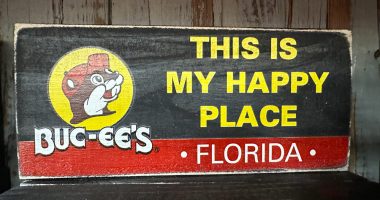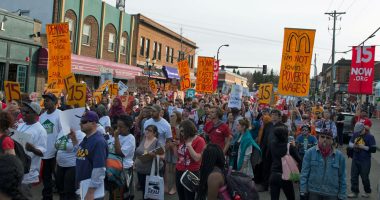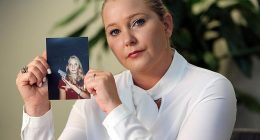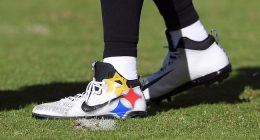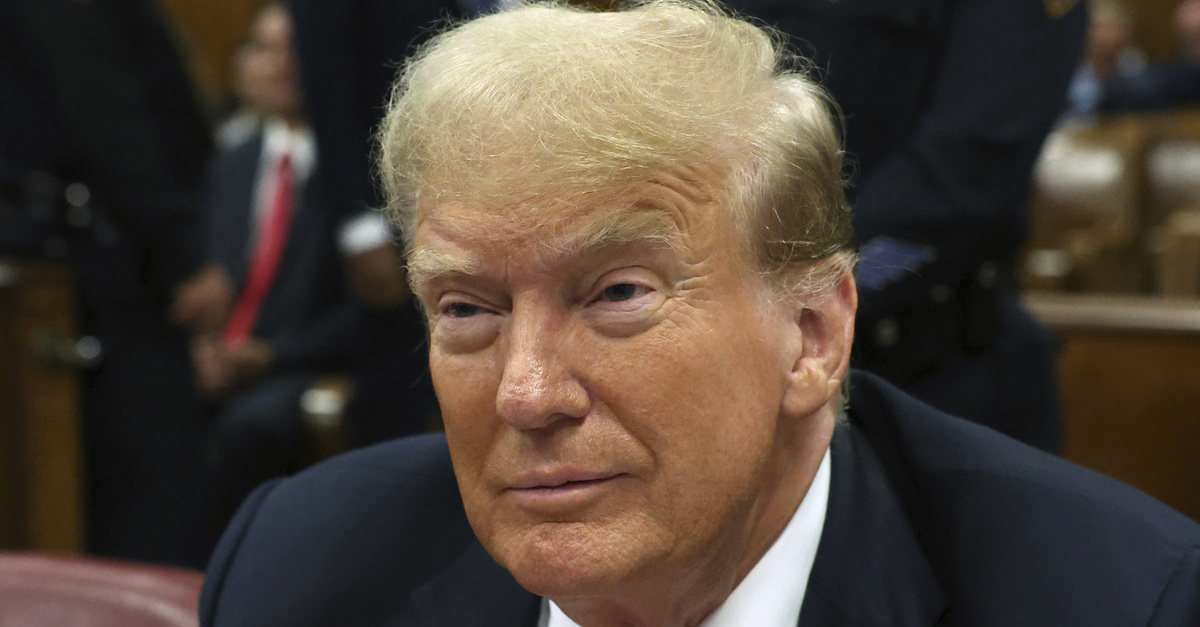
Former President Donald Trump appears at Manhattan criminal court before closing arguments in his hush money trial in New York, Tuesday, May 28, 2024. (Spencer Platt/Pool Photo via AP)
“You don’t need Michael Cohen to connect these dots, but as the ultimate insider, he can help you do just that,” New York County Assistant District Attorney Joshua Steinglass told the assembled jurors in Donald Trump’s hush-money trial late Tuesday afternoon — aiming to directly refute the narrative spun by the defense about what the evidence in the fraudulent business records case shows.
The state promised a four-and-a-half-hour-or-longer response to the defense’s almost three-hour-long closing statement before the judge, jury, and gallery at 100 Centre Street in Lower Manhattan.
To hear the defense tell it, Michael Cohen, 57, the state’s star witness, is a man who cannot be trusted and was the only witness called who directly tied the 77-year-old defendant to the October 2016 money-for-silence scheme involving adult content creator Stormy Daniels, 45.
Not so, the prosecution countered, arguing that jurors should, rather, see Cohen as something more like a “tour guide” who helps contextualize and explain the mountains of documentary evidence.
The physical evidence alone is what jurors need to convict the 45th president, Steinglass said, noting the defense’s decided efforts to focus a great deal of the trial on Cohen’s reliability — or lack thereof, according to a report by MSNBC personality Katie Phang.
“This case is not about Michael Cohen,” the prosecutor told the jury. “This case is about Donald Trump.”
The charges themselves, at the statutory level, are relatively minor: about fraudulent internal business records. Typically, such charges would be misdemeanors; New York County District Attorney Alvin Bragg upgraded the charges to low-level felonies by tying them into an alleged conspiracy to influence the 2016 presidential election.
Bragg’s office is not attempting to expressly criminalize the payoff to Daniels — but, rather, what they call the “coverup.”
The district attorney says the underlying crime is when Trump signed off on — personally signing in some cases — 34 different invoices, ledger entries and checks that align with the 34 alleged violations, when upgraded, of New York Penal Law Section 175.10. Those allegedly fraudulent documents all had to do with $420,000 worth of payments made to Cohen throughout 2017. In company records, those payments were for “legal services.” Both the state and Cohen claim those designations were intentionally incorrect.
Over the course of one month, jurors heard 20 witnesses and saw over 200 pieces of evidence, including emails, call logs, text messages, signed agreements, transcripts, and more. The Empire State’s trial team, in the end, telegraphed confidence that the documents alone would be enough to convict Trump in a case about documents.
The state argued during the trial that Cohen was actually being paid back for the $130,000 he previously paid Daniels — after an alleged effort to have someone else cover the tab fell through.
Another key aspect of the case, the prosecutor said on Tuesday, was an August 2015 Trump Tower meeting involving Trump, Cohen, and David Pecker, 72, then-CEO of the National Enquirer’s parent company, American Media Inc. It was during this meeting, Pecker testified, that what later became known as the “catch-and-kill” arrangement was established.
While framing the agreement innocently as an “agreement among friends” and mutually beneficial, the contours might be seen by jurors as instructive in terms of motive and practice: the tabloid giant, available at supermarket checkout stands and bodegas almost everywhere, would buy and then bottle up prurient stories — true or not — that could negatively impact Trump’s 2016 candidacy.
The prosecutor reminded jurors that during opening arguments, Trump’s lead defense attorney, Todd Blanche, said: “Spoiler alert, there’s nothing wrong with trying to influence an election” and that efforts to elect a chosen candidate are the essence of “democracy,” according to a report by Just Security fellow Adam Klasfeld.
“In reality, this agreement at Trump Tower was the opposite,” Steinglass said. “It was the subversion of democracy.”
More than that, the prosecutor recalled, AMI acted as a “covert arm” of the Trump 2016 campaign by investigating and searching out such stories in order to kill them, at least intending to keep them under wraps before the upcoming presidential election.
And, another aspect of the largesse AMI bestowed upon the first-time presidential campaign was glowing coverage of the candidate himself — going so far as to kill a story that would have made millions.
“Pecker was willing to sacrifice AMI’s bottom line in service of Trump’s campaign,” Steinglass told the jury. “This deal was the very antithesis of a normal, legitimate press function.”
Part of the agreement went even further, the prosecutor added, because coverage was timed to coincide with the campaign’s goals.
“That is also not a normal and legitimate press function,” Steinglass said.
The prosecutor wove a storyline that cut to the heart of the matter as the state saw fit to prove: a successful effort to severely limit what voters knew about a candidate for the highest office in the land.
“You may say, ‘Who cares? Who cares whether or not President Trump slept with a porn star 10 years ago,” Steinglass asked.
Answering his own question, the prosecutor said the “corrupt bargain” at Trump Tower “could very well be” how Trump became president.
Of course, the crimes alleged by the state only happened after the fact. When Trump personally signed the checks made out to Cohen, those checks were signed in the Oval Office, witnesses testified.
“Enter the false business records,” Steinglass told jurors as afternoon became evening in the Big Apple. “We don’t need to prove that the defendant made or created the false business records himself.”
Instead, the prosecutor said, the state only had to prove Trump “caused” fraudulent records to be created to run afoul of the law.
In service of that argument, Steinglass described documents containing handwritten notes and math as “smoking gun” evidence.
Trump’s 2017 payments to Cohen, totaling $420,000, were sketched out on Trump Organization stationary after a discussion the company’s then-top accountant, Jeffrey McConney, had with the company’s then-CFO and trustee Allen Weisselberg, who would go on to be convicted of tax evasion over unrelated financial crimes.
McConney testified in the early days of the trial that those payments to Cohen were made in monthly increments of $35,000.
Discussing his math on the note, which was shown to jurors as one of the state’s exhibits, McConney admitted an error in the bonus that Cohen was to be paid that year and said he “made a boo boo.”
The state’s theory of the case is that Cohen was methodically repaid by the 45th president — via forged paperwork from his namesake family business — for $130,000 the erstwhile fixer spent to stop Daniels from going to the press about an alleged tryst with Trump.
In addition to the amount Cohen paid to Daniels using a home-equity loan from First Republic Bank, he was also reimbursed $50,000 for hiring a company called RedFinch to game online polls in Trump’s favor in 2016, notes from Weisselberg showed.
Getting from $180,000 to $420,000 still required a bit more work, however, McConney explained. The total amount was “grossed up” and doubled to account for the income tax hit of so many lump sum payments, according to the witness. And then Cohen was given a $60,000 bonus, according to the Weisselberg note. Jurors were later shown the Cohen payment math broken down on corporate paper stock where McConney initially listed the onetime lawyer’s bonus as $50,000 for the year — the source of the admitted “boo boo.”
Steinglass on the “smoking gun” documents showing the reimbursement scheme:
“These were Trump Organization documents. It came from them.” pic.twitter.com/pv7faRMPvY
— Adam Klasfeld (@KlasfeldReports) May 28, 2024
McConney, however, did not implicate Trump in how the company designated the Cohen payments as “legal expenses.” The witness explained instead that a software drop-down menu was used to select the phrase for any payments the Trump Organization ever made to a lawyer. And, on the matter of Cohen specifically, McConney testified that he only worked with Weisselberg, Cohen, or other accounting staff.
Weisselberg was not called by the state as a witness to shore up Cohen’s claims about the funds — something the defense hit on during their own closing statement and which the state decided to ignore.
In the end, jurors will determine how the absence of Weisselberg — who could have also testified about what, exactly, Cohen was being paid for each month in 2017 — will be felt.
The prosecution, in making their case, offered the undisputed, logical connection between the invoices submitted by Trump’s then-fixer to Weisselberg, then forwarded to McConney, then translated into ledger entries at the accounts payable department, then transmogrified into checks that are stapled to print-outs of the original invoices — where the checks are finally taken to a Trump Organization trustee or Trump himself for a signature.
Behind all of that, the state says, was Trump’s intent to defraud the general public and violate federal and state election law.
Not disputing how the payments were made, process-wise, the defense insists it was all aboveboard — that it strains credulity to think that Cohen, then a lawyer, was not being paid for being a lawyer.
The state, despite an insistence Cohen isn’t necessary to connect the dots, is their skeleton key. And, perhaps undergirding the role he plays, the prosecutor couldn’t help but mention him at least once more as the state’s own closing quickly approached hour four.
“Cohen spent more time being cross examined in this trial than he did doing legal work for Donald Trump in 2017,” Steinglass said.
Have a tip we should know? [email protected]


